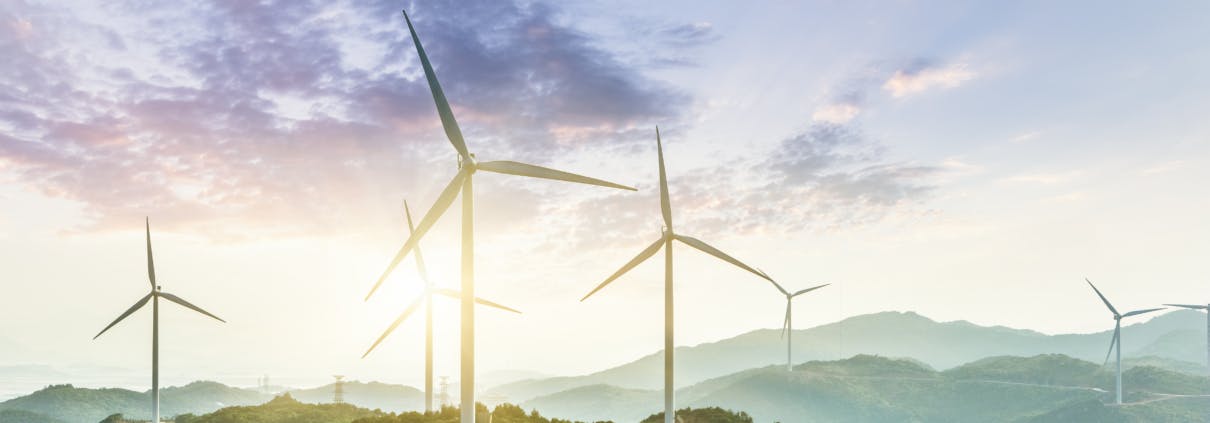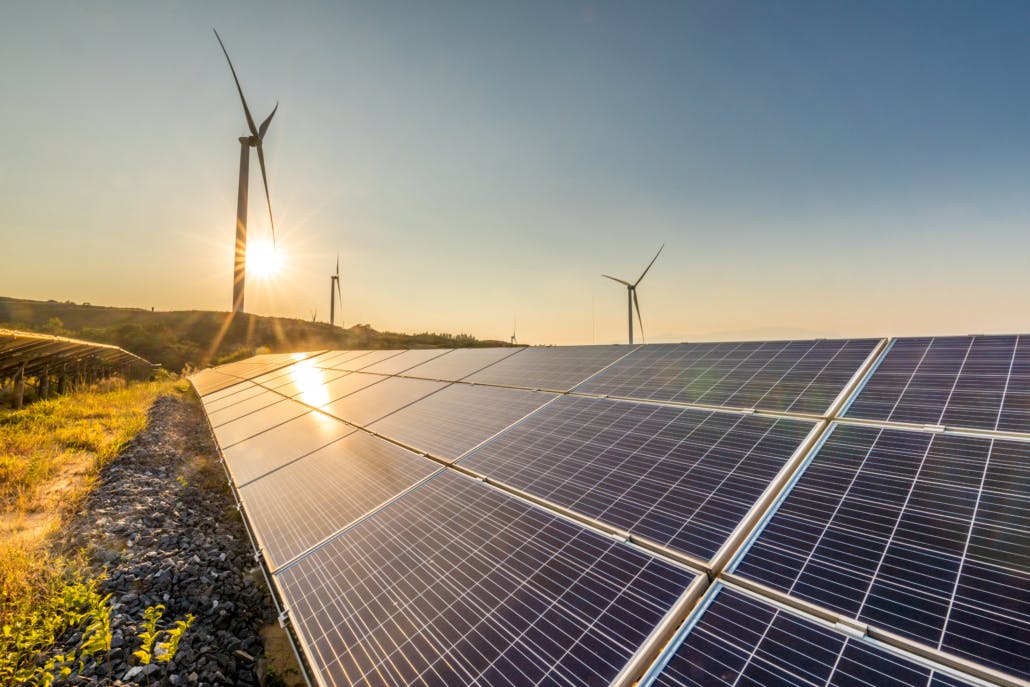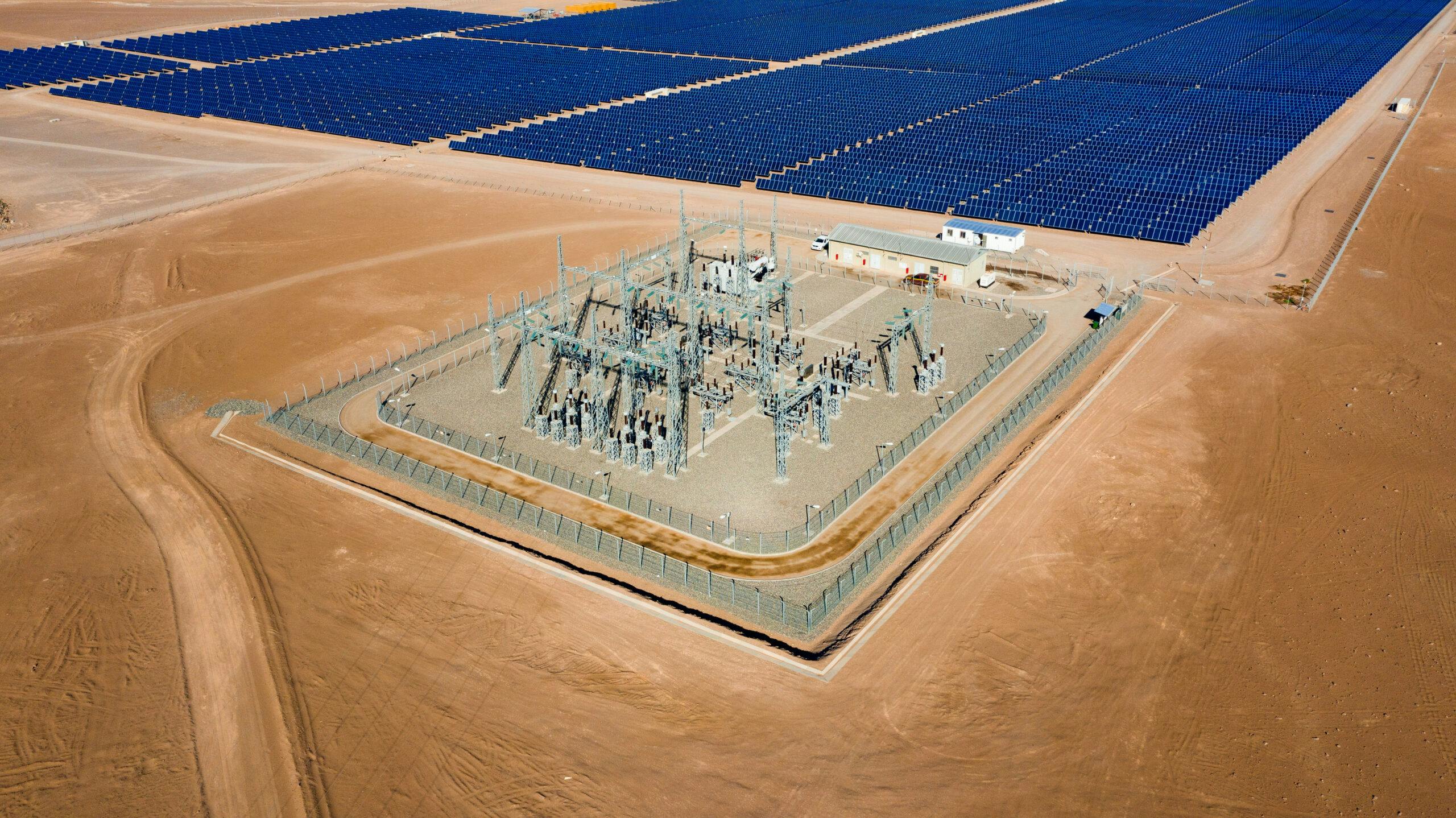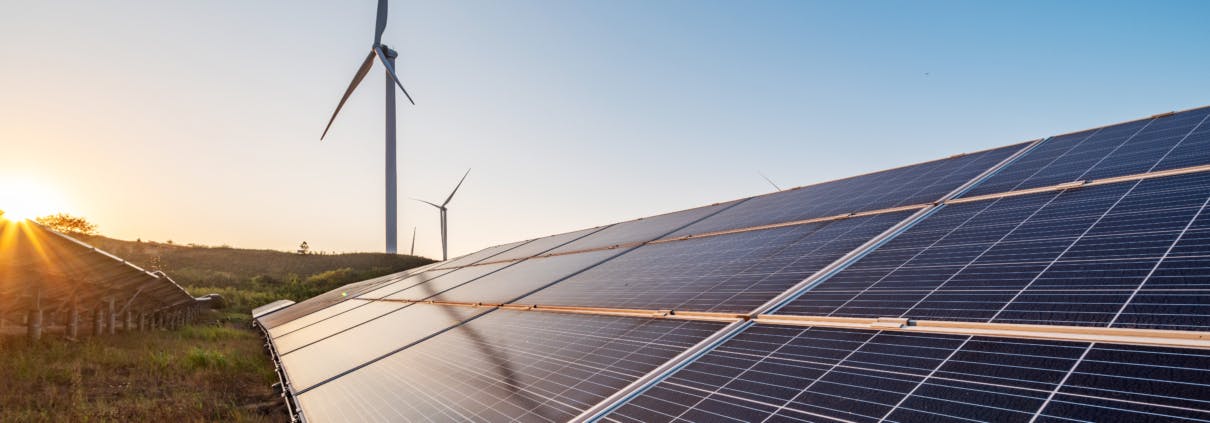WHY WE’RE STILL OPTIMISTIC ABOUT FIGHTING CLIMATE CHANGE

What do NASA, the Chilean Science Academy, the Canadian Society of Zoologists, and Bill Gates all have in common?
They all hold the position that climate change has been caused by human activity and that it is a serious threat, along with the vast majority of actively publishing climate scientists.
The debate over whether or not climate change is happening is over. But while climate change is inevitable, our response to it isn’t.
At Atlas Renewable Energy, we believe that climate change represents the biggest threat facing humankind today, and immediate action is required to overturn this alarming trend. At the same time, there are reasons to be cautiously optimistic about the emerging opportunity to right the course. Here’s why.
INNOVATIONS LARGE AND SMALL ARE HELPING US TO MITIGATE DANGERS AND TRANSFORM OUR SOCIETY AND THE ECONOMY
In recent years, the physical signs of climate change have gathered speed at a worrying rate. According to the UN, 2019 was the second warmest year since records began, putting our planet on a course to reach temperatures not seen in millions of years.
Today, climate change is affecting the lives and livelihoods of people across every continent. From severe weather events to shifts in seasons and rising sea levels, no one can escape the dramatic impacts of our heating planet.
51 billion tons of greenhouse gases are being added into the atmosphere every year, and if we are to stop climate change in its tracks, this number has to be brought down to zero.
The events of 2020 brought into sharp focus just how vulnerable our societies and economies are, and there is now an upwelling of support for business models to be built around principles based on solidarity, responsibility, and cooperation. From reducing waste in supply chains to halting deforestation or cutting manufacturing emissions, there are many positive signs that a transition towards a more sustainable future is possible.
In his book, titled How to Avoid a Climate Disaster, Microsoft co-founder and philanthropist Bill Gates call for an “energy miracle”, which he believes will enable the decoupling of economic development from environmental degradation.
He calls for an increase in the use of renewables versus fossil fuels (which would account for roughly 27% of the reduction needed in emissions), a change in how we manufacture our goods (31%), a rethink of the way we grow our food (18%), an overhaul of travel and transportation (16%), and a new approach to heating and cooling (6%).
Innovations are already happening: for example, the transition away from greenhouse gas-producing fossil fuels to clean energy has become a reality around the world, with astonishing reductions in the prices of renewable energy, battery storage, remote sensing monitoring, and smart grids, while new financial structures have enabled the private sector to take greening their energy consumption into their own hands.
One example of this is American material science giant Dow. Like most industrial companies, Dow has long sought to reduce the environmental and cost implications of its energy-intensive activities. Its leading position as a supplier of chemicals, plastics, synthetic fibers, and agricultural products also means it’s one of the world’s largest industrial energy consumers.
In the past, Dow utilized grid power and fossil fuels to power its plants but has started to rethink its energy portfolio, setting itself a hard target to meet 750 MW of its power demand with renewables by 2025, and achieve carbon neutrality by 2050.
To help achieve this ambitious goal, Dow partnered with Atlas to provide clean energy to its Aratu complex in Brazil, the largest Dow manufacturing facility in the country.
This groundbreaking agreement not only avoids approximately 35,000 metric tons of CO2 emissions per year – the equivalent of taking around 36,800 cars off of the streets of São Paulo – but it lays the foundation for the rest of the chemicals industry to harness the benefits of renewable energy to achieve climate change mitigation goals.
EVEN DURING A PANDEMIC, THE CLIMATE CRISIS REMAINED TOP OF MIND
The Dow agreement was signed in the midst of the turbulence and upheaval of 2020, and it isn’t an outlier. Even though companies continued to struggle with the lingering impacts of movement restrictions, supply chain disruptions, and slumping demand caused by the pandemic, they continued to prioritize sustainability and environmental performance.
In May 2020, 155 companies — with a combined market capitalization of over $2.4 trillion —signed a statement urging governments around the world to align their COVID-19 economic aid and recovery efforts with current climate science.
In July, Microsoft along with AP Moeller-Maersk, Danone, Mercedes-Benz, Natura & Co., Nike, Starbucks, Unilever, and Wipro created the Transform to Net Zero initiative, with the tech firm committing to develop a portfolio of 500 megawatts of solar energy projects in under-resourced communities in the US.
Meanwhile, Google pledged in September to achieve 100% renewable energy by 2030, while Apple’s newly-launched Supplier Clean Energy Program has seen 71 manufacturing partners in 17 countries commit to 100% renewable energy for the tech giant’s production as it commits to transitioning the electricity used across its entire manufacturing supply chain to clean sources by 2030.
According to recent Gallup polls, individuals’ concern about climate change has increased over the past year, demonstrating that there’s more public support for taking big steps to stop climate change than ever before.
Already, every nation on earth has adopted the Paris Agreement, which contains a commitment to limit global warming to below 1.5°C compared to pre-industrial levels. Since then, governments and companies around the world have set ambitious goals for reducing emissions. After being postponed for a year due to the pandemic, the 2021 United Nations Climate Change Conference, also known as COP26, will be held in November, and with 70 countries already committed to net-zero carbon emissions, it represents the best opportunity in years to make progress.
CLIMATE OFFENDERS ARE FACING THE ISSUE
With sweeping policy changes across the globe, a bold political response to the climate crisis is underway. Huge investments into clean energy sector jobs and infrastructure to decarbonize the economy are expected from the United States, China, and beyond, while subsidies for polluting
fuels are being stripped away.
Sustainability is no longer an add-on, and alarms are now being sounded over the potential financial and economic ramifications if progress isn’t speeded up.
A recent report from Cambridge University found that losses from climate-related hazards are already at around US$180bn per year, and will continue to rise unless investors, lenders, insurers, and policymakers undertake significant risk management efforts.
As public and political goodwill towards polluters fades, there has been an explosion of climate litigation launched against fossil-fuel intensive, or “carbon major” corporations in an effort to hold them accountable for greenhouse gas emissions.
It’s clear that only by reducing energy emissions are companies going to be able to minimize their carbon footprint, and this is something more and more business leaders are beginning to think seriously about.
THE GREEN PREMIUM IS REACHING A TIPPING POINT
One of the most well-worn arguments against greening the economy is the cost. Bill Gates refers to this as the green premium – essentially the difference in cost between a product that involves emitting carbon and an alternative that doesn’t.
With new renewable energy now being more affordable than existing fossil fuels in the majority of cases, the green premium is no longer a barrier, as Gates explains.
Even in the most complicated markets, we are seeing demand from corporate customers, who want to know how to access affordable clean energy and lock in pricing stability for the long term. While there’s still more to be done globally to jump over the green premium hurdle, the indications are that renewable energy has already gone a long way towards overcoming it.
WE CAN’T AFFORD TO BE COMPLACENT
Although we believe there’s room for optimism, there is no possible way we can downplay the existential threat of a climate disaster. But what we do see are a series of climate-positive actions coming out of the public and private sectors, which we believe need to be scaled up rapidly to change the trajectory of emissions levels in the atmosphere.
The experts are right on climate change, but the direst predictions don’t have to become an inevitability. The policy, market, and technological changes can be put in place for the transition to a zero-emissions world. All we have to do is make it happen.
Share This Entry


